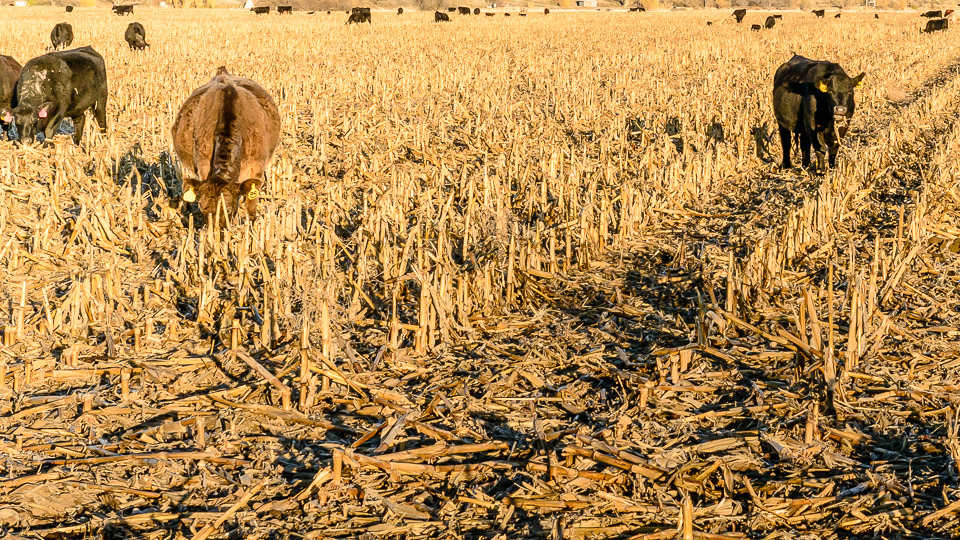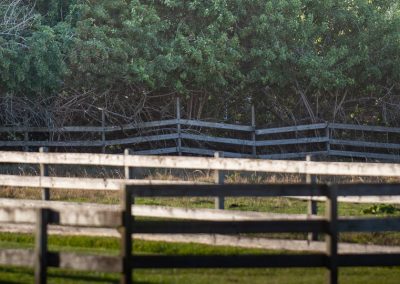
Horse Nutrition – Physiology
Knowing how nutrition works in the horse down to the cellular and molecular level is important. You may not think so or you may not feel capable of understanding the complexities. If you try you will not only help your horse thrive, you will also save a lot of money!
Physiology is defined by Wikipedia as: “the scientific study of functions and mechanisms in a living system. As a sub-discipline of biology, physiology focuses on how organisms, organ systems, individual organs, cells, and biomolecules carry out the chemical and physical functions in a living system”
Almost all of us own a car but not all of us know how they work. If you are reading this now on a computer screen I would bet you don’t understand aon thing about coding software, the electronics od the hardware or how your keystrokes where you are get to the server where this material is located thousands of miles away. There is no need to know this because it just works – most of the time.
Horses and humans are living things developed from molecules billions of years ago. Cars and computers are 100 or less years old. We all understand this or you may believe in the creation of all living things from one devine event. It doesn’t matter because we can all acknowledge that whether devine or evolved, the length of time humans and horses have been around has allowed for the removal of any kinks in the system.
**CONTINUED IN ARTICLE TAB**
Related material – Sometimes I have a lot of material here that I have written, podcasted, video blogs and other things. They will be listed in this tab.
Use the browser back button or menu to return to the index of topics.
⬇︎ CLICK ANY IMAGE BELOW TO REVEAL MORE INFORMATION ⬇︎
Knowing how nutrition works in the horse down to the cellular and molecular level is important. You may not think so or you may not feel capable of understanding the complexities. If you try you will not only help your horse thrive, you will also save a lot of money!
Physiology is defined by Wikipedia as: “the scientific study of functions and mechanisms in a living system. As a sub-discipline of biology, physiology focuses on how organisms, organ systems, individual organs, cells, and biomolecules carry out the chemical and physical functions in a living system”
Almost all of us own a car but not all of us know how they work. If you are reading this now on a computer screen I would bet you don’t understand aon thing about coding software, the electronics od the hardware or how your keystrokes where you are get to the server where this material is located thousands of miles away. There is no need to know this because it just works – most of the time.
Horses and humans are living things developed from molecules billions of years ago. Cars and computers are 100 or less years old. We all understand this or you may believe in the creation of all living things from one devine event. It doesn’t matter because we can all acknowledge that whether devine or evolved, the length of time humans and horses have been around has allowed for the removal of any kinks in the system.
Horses were first used by humans about 4000 years ago. Through breeding programs over the last 1000 years we have mixed and matched them to create speed, agility, beauty, strength and size without understanding how these relatively abrupt changes in their makeup has affected their molecular and cellular workings. A clear example was the development of the mini horse. In the mid 1980’s these tiny horses became a craze to many new horse owners but the breed soon had a problem. Their teeth developed a lot of mechanical problems with severe abnormalities. They took swift action and quickly eliminated these horses with malfunctioning teeth from all breeding programs.
This is not the case for the feeding of horses. We are bombarded with marketing key words such as “essential Omega 3’s,” “complete vitamin supplement,” “gut calming” and more. If you are a new horse owner jumping into the care of horses the assumption is that the information available in print or on the internet is validated and proven scientifically and, most importantly, safe and in the best interest of your horses.
It is not!
Through understanding the physiology of nutrition in horses you will soon realize that feeding a horse is different from feeding humans, dogs, cats, fish, sharks and even cattle and pigs and chickens. In fact, horses are more like tapirs and rhinoceroses. I’m not kidding!
Within this section on nutrition are articles which will explain all of this. Dig deep into the comment sections where further explanations are developed. Some of these are organized into booklets for reading and courses you can enroll in. Take the time to thoroughly understand how horses eat so that you can help them thrive and have a long healthspan.
Before you go, let me break down some principles:
- All animals (mammals, fish, birds, reptiles and most insects) have a tube that runs through them starting at the mouth and ending at the anus.
- This tube has contents that are OUTSIDE the body.
- The goal is to safely transport materials found in this tube’s contents INTO the body while leaving out harmful materials.
- What goes into the mouth is called “raw materials” and are specific for the specie eating them.
- All raw materials are broken down into 6 things: air, water, mineral, sugar, fat and protein.
- The raw materials are broken down into fuels and building materials using chemicals (enzymes) and bacteria (the gut microbiota).
- The fuels and building materials are allowed into the body while all else are excluded and either kept in the tube or are excreted out the anus.
- The fuels and building materials are transported to organs and cells for either use or stored for later use.
- All materials no longer needed for fuel or construction are eliminated in the urine through the kidneys or as exhaled gas through the lungs but none are excreted back into the digestive tube.
That is it – the physiology of nutrition. Very simple concepts with very complex executions of molecular processes developed over millions of years. What we have allowed into the mouth of the horse over the past 100 years is going against this system and when it does we experience disease such as metabolic syndrome, laminitis, behaviorial problems and more.
This video about horses being continuous eaters is an old one. I want to add a few things here before you watch it. 1st, I now call then “cattle” and not “cows.” It is a peeve of mine now because “cows” are female cattle, whales and elephants to name a few. My apologies to all the male cattle for disrespecting them.
More seriously, horses need time away from eating to allow for hormesis. They have seasonal as well as daily periods where they do not consume starch. This allows for hormesis which is the process of cellular clean up and restoration of cellular health. I have many articles on this. The point of this video is that horses don’t have a gall bladder and therefore should not be fed “meals” or boluses of food.
Food aggression in piglets – some horses remind me of this. Understand the “Protein Leverage Hypothesis” which states that satiety will occur once the daily amino acid needs are met. So being “hungry” may actually be a sign of protein deficiency in the diet.
- Additional tables
- Links to other in house articles
- Links to outside articles
- Reference material used in developing this topic.
Rhubarb Pie, The Orbiting Earth and Your Horse
Decomplexicating Equine Nutrition – Introduction
Gut Inflammation – Decomplexicating Equine Nutrition Part 4 of 12
Gut Microbes – Decomplexicating Equine Nutrition Part 3 of 12
Mitochondria and Making Energy – Decomplexicating Equine Nutrition Part 5 of 12
Grazing Not Browsing -Decomplexicating Equine Nutrition Part 1 of 12
Summary – Decomplexicating Equine Nutrition Part 12 of 12
The Horsemanship Nutrition Course – included in the membership.







Responses